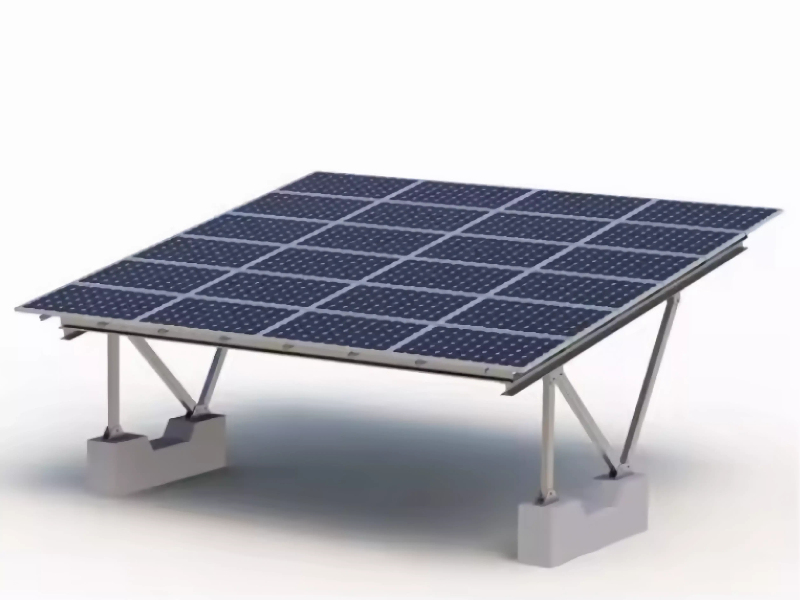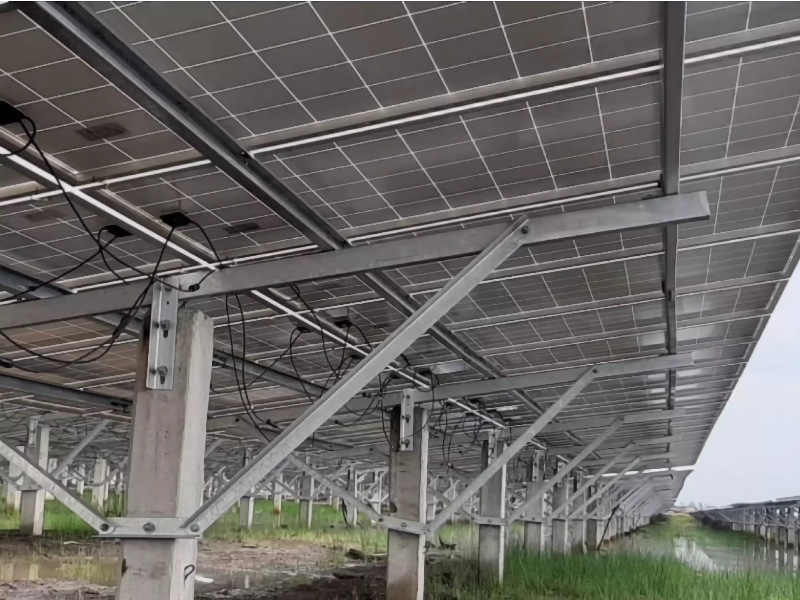Unlocking Solar Potential: A Comprehensive Guide to Solar Mounting Systems and Their Applications
Solar mounting systems are crucial structures in solar photovoltaic (PV) systems, designed to support, install, and secure solar panels. The types and designs of these mounting systems directly impact the stability, power generation efficiency, and economic viability of solar panel systems. Here's an overview of the various types of solar mounting systems and the roles of their components:
1. Fixed Mounting Systems: These are the most common types, with a stationary orientation and angle once installed. They are typically used on roofs or the ground and come in various fixing methods, such as direct burial, concrete block counterweight, pre-embedding, and ground anchoring for ground-mounted systems, and different solutions for rooftops depending on the roofing material. Fixed mounting systems are simple and cost-effective but generally have lower power generation efficiency compared to tracking systems.
2. Tracking Mounting Systems: These systems can adjust the angle of the solar panels automatically according to the sun's position to maximize solar energy reception. They are divided into single-axis and dual-axis tracking systems. Single-axis systems rotate around one axis, while dual-axis systems can rotate in two dimensions to keep the solar panels facing the sun. Tracking systems significantly improve the power generation efficiency of solar panels but are more expensive.
3. Adjustable Tilt Mounting Systems: These allow for manual adjustments of the solar panel's tilt angle according to seasonal changes to enhance solar energy absorption efficiency. They generate more power than fixed systems but are less efficient than tracking systems.
4. Ground Mounting Systems for Photovoltaics: Designed for ground-mounted solar panels, these systems need to consider factors like terrain, soil conditions, and environmental impact. There are various types of foundations for ground mounting systems, including drilled piers, helical piles, isolated foundations, reinforced concrete strip foundations, and precast pile foundations, each with its characteristics and suitable environments.
5. Roof Mounting Systems for Photovoltaics: Specifically designed for rooftop installations, these systems need to consider the roof's load-bearing capacity, waterproofing requirements, and architectural aesthetics. Installation methods for rooftop photovoltaic mounting systems include concrete counterweight methods and the use of specialized adhesives for anchoring.
6. Aluminum Mounting Systems: Known for their corrosion resistance, light weight, and aesthetic appeal, they are commonly used in residential rooftop solar applications. However, they have lower load-bearing capacity and are not suitable for large solar power station projects.
7. Steel Mounting Structural Systems: Characterized by stable performance, high load-bearing capacity, and ease of installation, they are widely used in residential, industrial, and utility-scale solar photovoltaic and solar power station applications. Steel mounting systems are typically hot-dip galvanized to enhance their corrosion resistance.
8. Non-metallic Mounting Systems (Flexible Mounting Systems): These utilize pre-stressed cable structures and are suitable for complex terrains like mountains, roofs with low load-bearing capacity, and other challenging environments. They offer a wide range of adaptability and flexibility.
The design and installation of solar mounting systems require consideration of various factors, including geographical location, climate conditions, cost-effectiveness, and ease of installation. Proper design and installation can enhance the stability and power generation efficiency of solar energy systems.
 |
 |